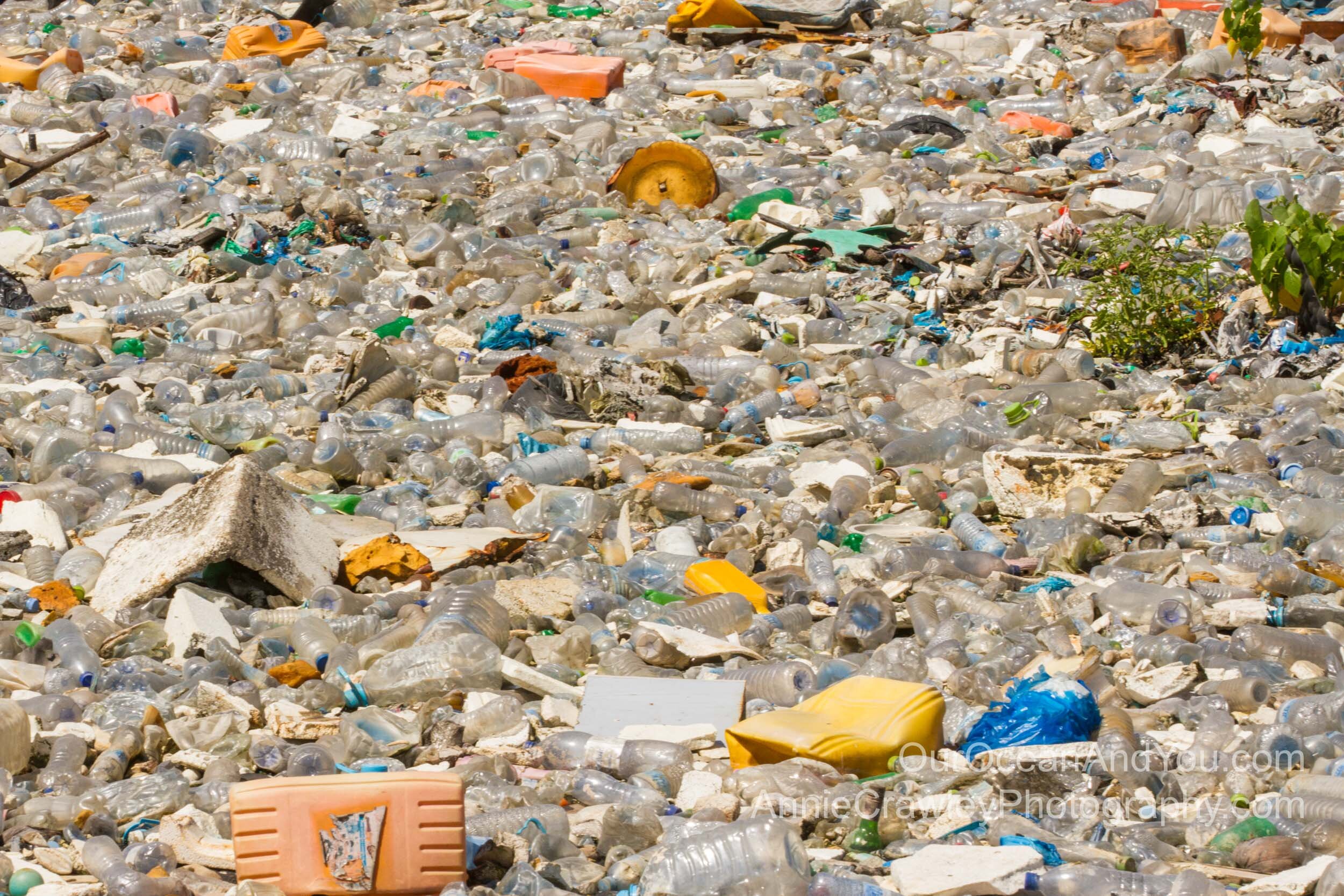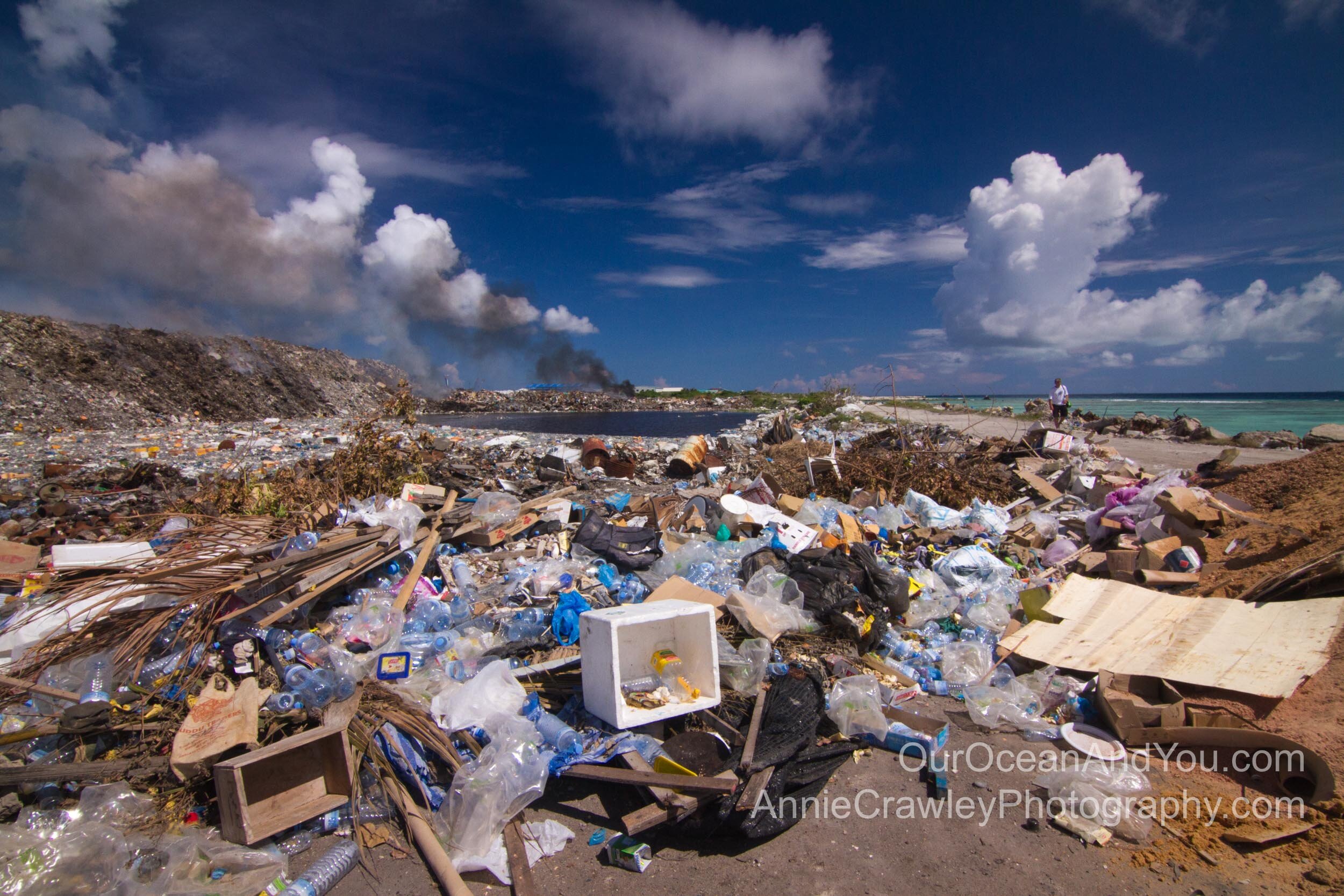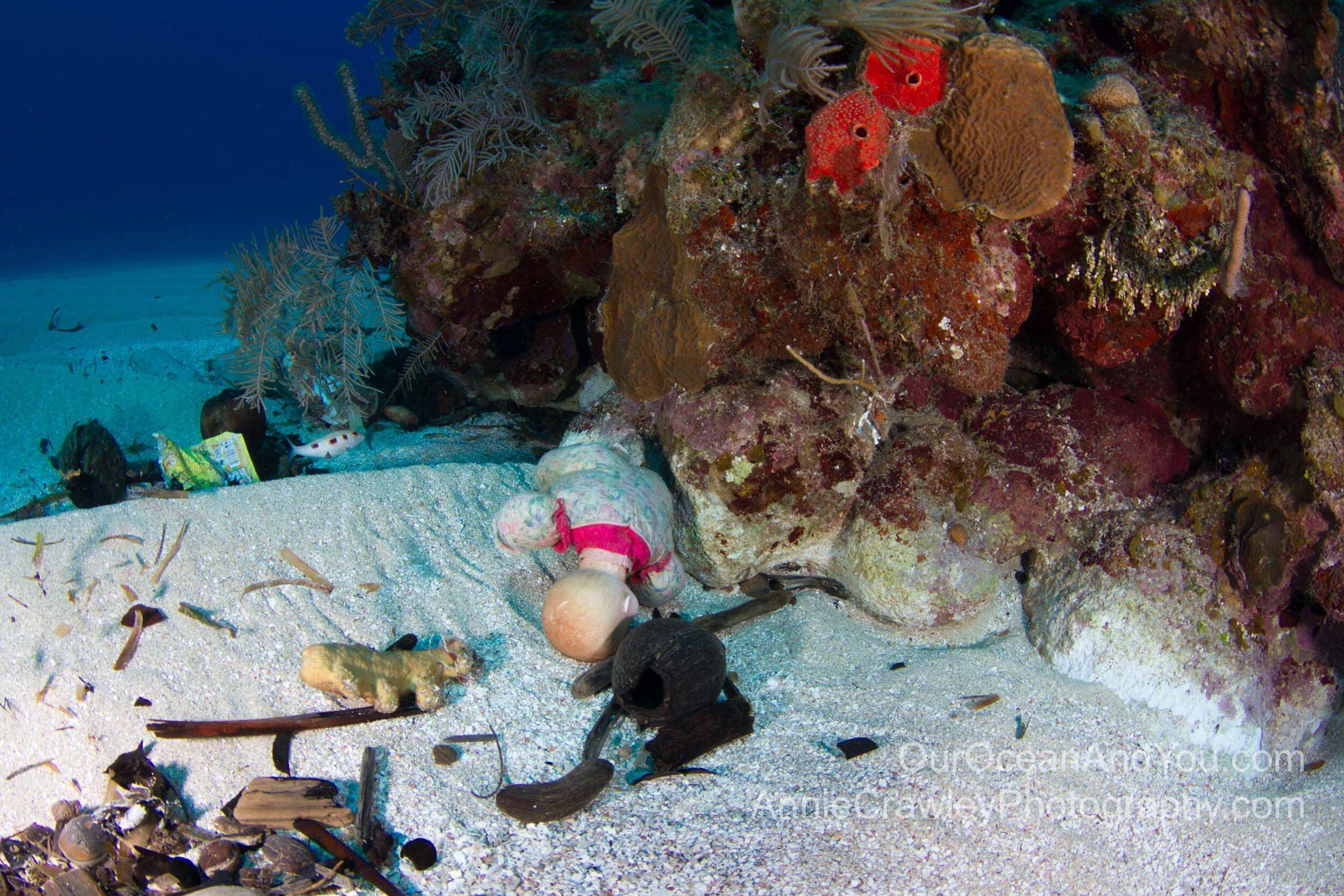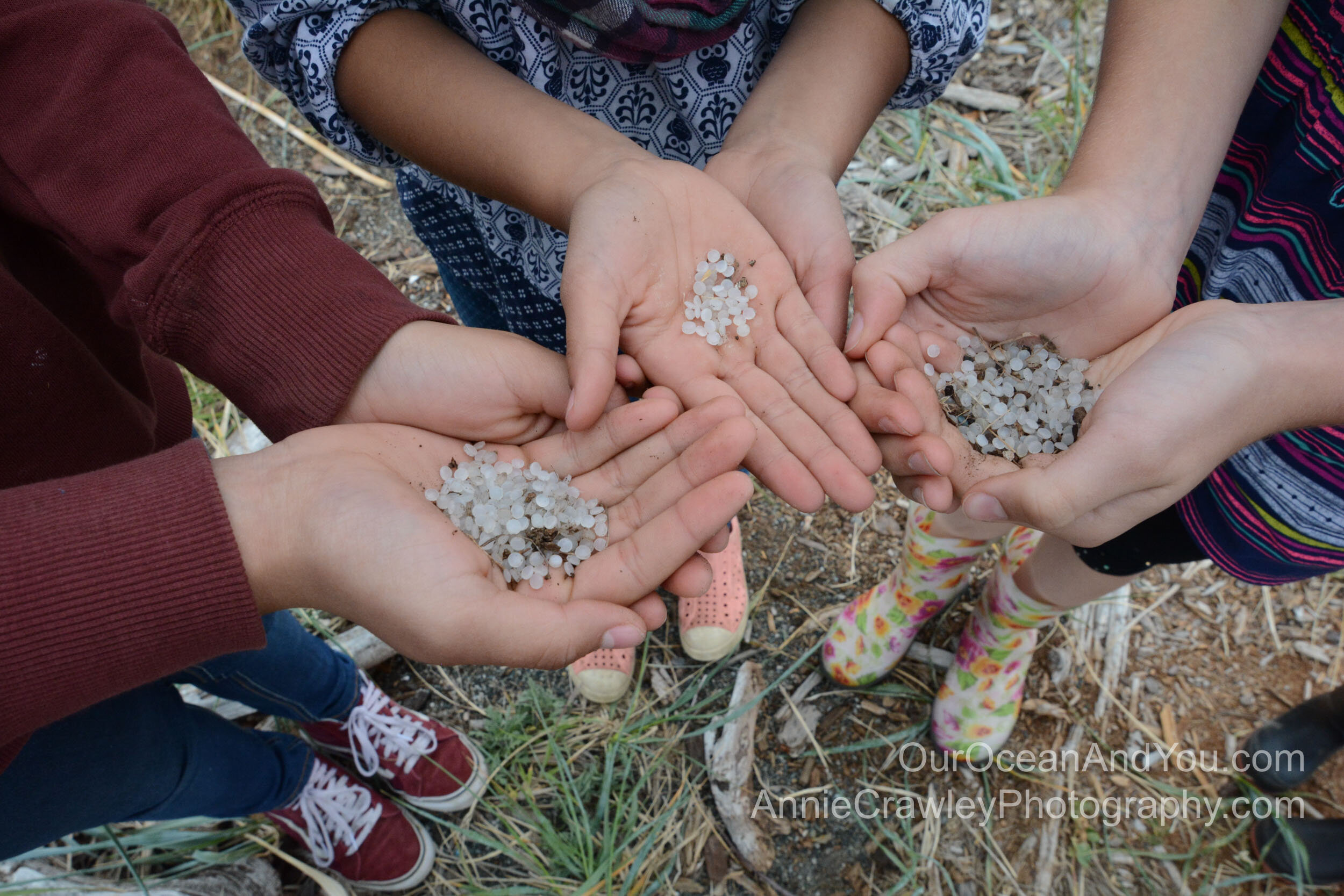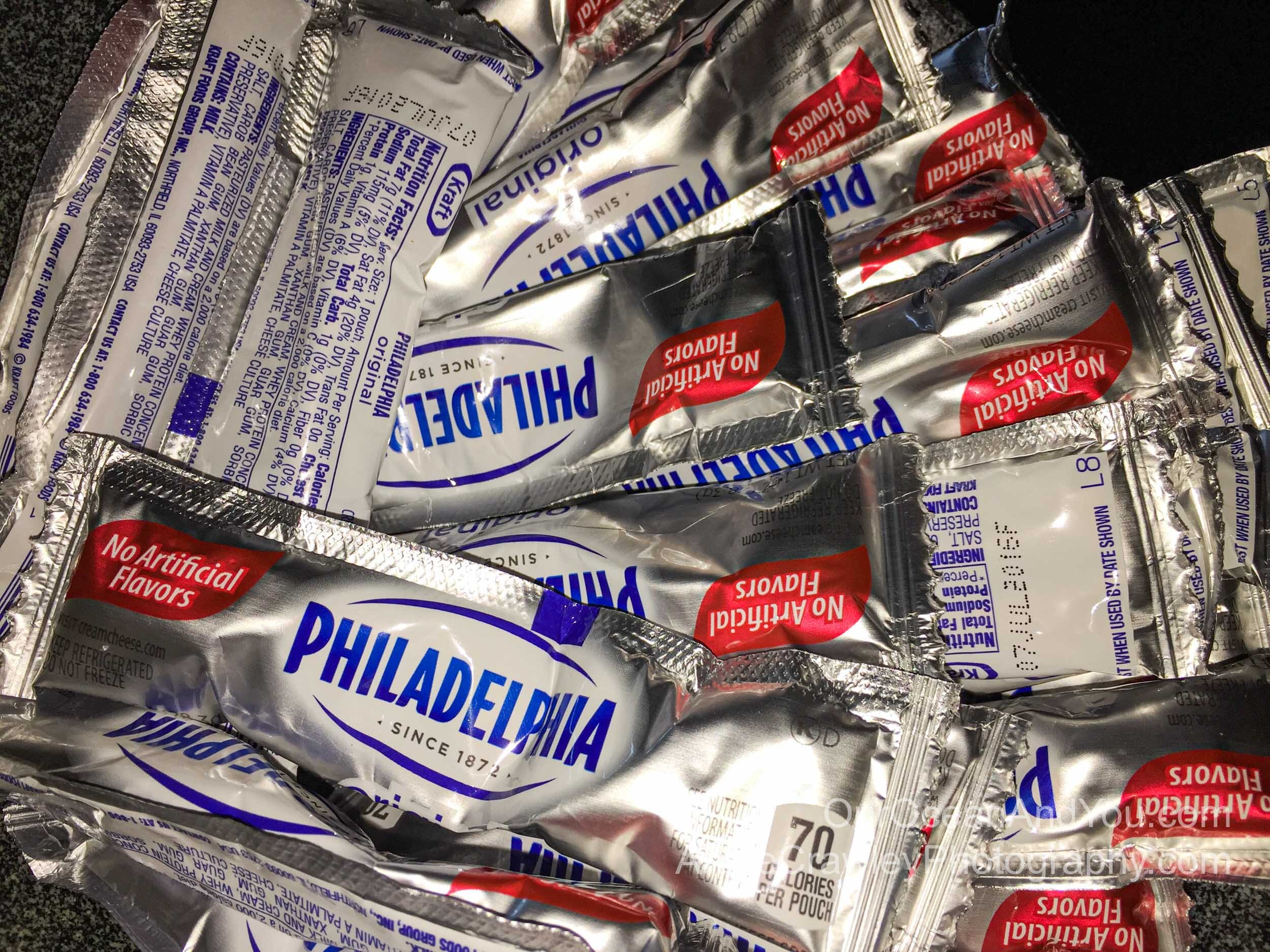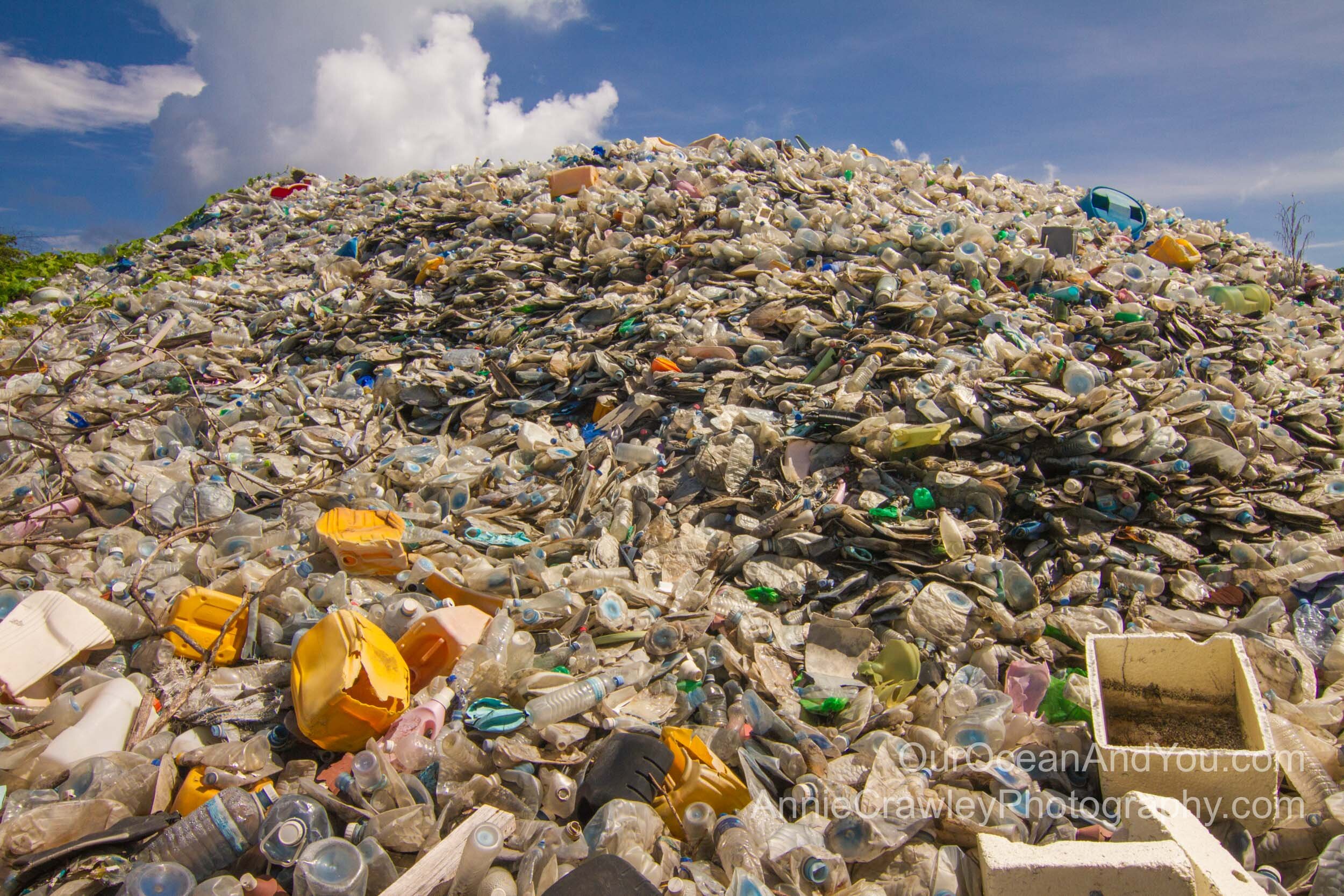Reimagining Recycling
Plastic infiltrates every part of our lives and our world. It’s in our clothes, shoes, furniture, and appliances. It plays a role in everything from technology to transportation, recreation to agriculture. It’s reached nature in our forests and deep into the sea. With 11 million tons of plastic flowing into the ocean each year, people have created a sea of plastic. It’s estimated there’s more than 500 times more pieces of micro-plastic in our ocean than stars in the galaxy.
Plastic is cheap and durable lasting 500-1000 years. All the plastic that’s ever been created is still on our planet today in one shape or another. Plastic is a petroleum product, made from oil, a non-renewable energy source. Plastic doesn’t biodegrade, it photodegrades, meaning it breaks down into smaller and smaller pieces without ever returning to its original elements creating microplastics. Animals unknowingly ingest these toxic pieces which disrupt hormones and digestive processes (Stevens 2020). When we eat some foods, we also ingest the micro-plastics as they bioaccumulates up the food web.
So how do we keep plastic out of the landfill, the ocean, our bodies, and our environment?
The leading plastic polluters. Source: Break Free From Plastic
For more than 40 years, we have been told that the answer is recycling. Producers place the responsibility on consumers. We have been led to believe we can compensate waste through recycling, yet most recycling programs cannot even handle any of the materials the manufacturers claim are recyclable. It’s a feel-good method to keep you buying more single use plastic and cheap plastic stuff.
In reality, less than 9% of what can be recycled actually gets recycled (Geyer et al. 2017). Humanity’s plastic pollution fills our land, leaches into the ground, gets burned and the chemicals end up in our atmosphere. It ends up in our rivers, lakes, streams, ice, and oceans. Plastic is a people problem and only people can be the solution. We need to be better at recycling, as it does matter, yet we need to understand the process and raise our voices together to create corporate and policy change.
Companies place the burden of managing plastic waste on the consumers, rather than developing products with minimal waste. The United States has been selling our dirty recycling to other countries who have now put an end to taking our waste. Too often recycling is a long and expensive detour to the landfill.
You’re not alone if you’ve felt unsure about what can or cannot be recycled. The process is so confusing that there are campaigns dedicated to “teaching” recycling from kindergarten through college. There are signs on every waste dispenser in cities, work places, and government institutions. If recycling was meant to work in the first place, we wouldn’t have to tell you how to do it.
Just because a product has the triangle signifying recycling, it doesn’t mean it can be recycled. Generally speaking, only items marked with a #1 or #2 which are uncontaminated (washed/clean) and colorless can truly be melted down and reused. Even so, plastic is only recycled once (at most twice) because plastic loses value in the process. We are culprits of “wishcycling”, throwing something in the recycling, hoping it might be recyclable. Chances are, it is not. The most important action you can take for recycling is avoid contamination. WasteManagement says contamination ruins 25% of recycling materials. Be sure to clean any qualified materials before tossing them in the bin. When in doubt, throw it out!
With so much of our recycling ending up in the landfill, we need a better system and to hold manufacturers responsible. Our planet has finite resources. Currently, the system we have is linear: natural materials are used up, turned into products, and then discarded as waste. This is ironic, since the recycling symbol is a continuous triangle. We need a truly circular system that bypasses the waste phase and resources are reused and recycled continuously (Ellen MacArthur Foundation).
There’s many ways we can solve our environmental plastic problem. We need industry to change to biodegradable plastic. We need consumers to understand their role and shift away from single use plastic waste. The Break Free From Plastic Pollution Act of 2021 (BFFPPA) builds on successful statewide laws across the US and outlines practical plastic reduction strategies to realize a healthier, more sustainable, and more equitable future. Public awareness drives corporate and policy change. Tell your representatives it's time to support the Break Free From Plastic Pollution Act of 2021 for the health and future of humans, animals, waterways, oceans, and the environment. Big companies who run the market want you to believe that it is the individual’s responsibility to take care of plastic waste by recycling. It is abundantly clear that recycling doesn’t work the way it needs to, so companies need to share responsibility and create plastic-free and biodegradable products.
Coca-Cola is the leading plastic polluter (Break Free From Plastic). Just a year ago, the company stated that they would not ban plastic water bottles because their consumers liked the lightweight and resealable features (Business Insider). If we all spoke up against Coca-Cola’s use of plastic, they would have to listen. Our actions add up. Work to refuse single-use plastic in your life while also demanding action from companies. We need to evolve individually as consumers as well as demand corporate social responsibility. We have the technology to move away from plastic. If we can land on Mars and look for life on other planets, we can surely find a way to clean up our planet ocean.
Take Action
Vote with your money to support businesses making an effort to reduce their plastic. We’ve compiled a list of 25 simple switches you can make with common household items. Refuse single-use items like water bottles, utensils, straws, and cups. When you do have plastic waste, recycle only that which is #1 or #2, clean, and colorless.
Take our 30-day plastic challenge to discover how ubiquitous it is in your life. Channel your frustration into speaking up and sharing what you learn. Get your friends and family involved. Use your voice to support laws that will help hold corporations accountable, and write to companies to encourage them to shift away from plastic packaging.
Watch Breathe Ocean by Annie Crawley to learn how our lives are intertwined with the ocean. For a humorous take on plastic pollution, check out John Oliver’s coverage. It’s hilarious, but may be inappropriate for young audiences.

